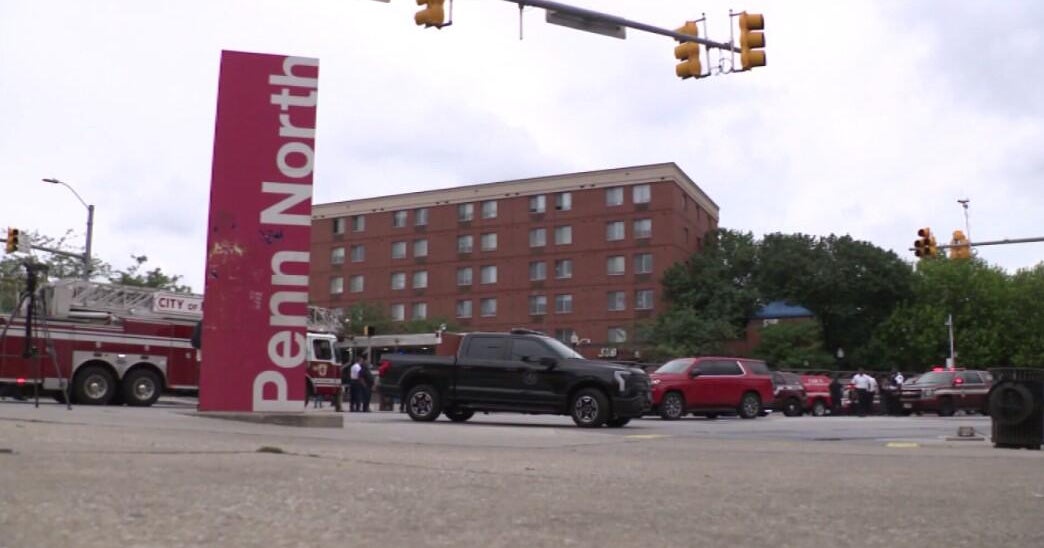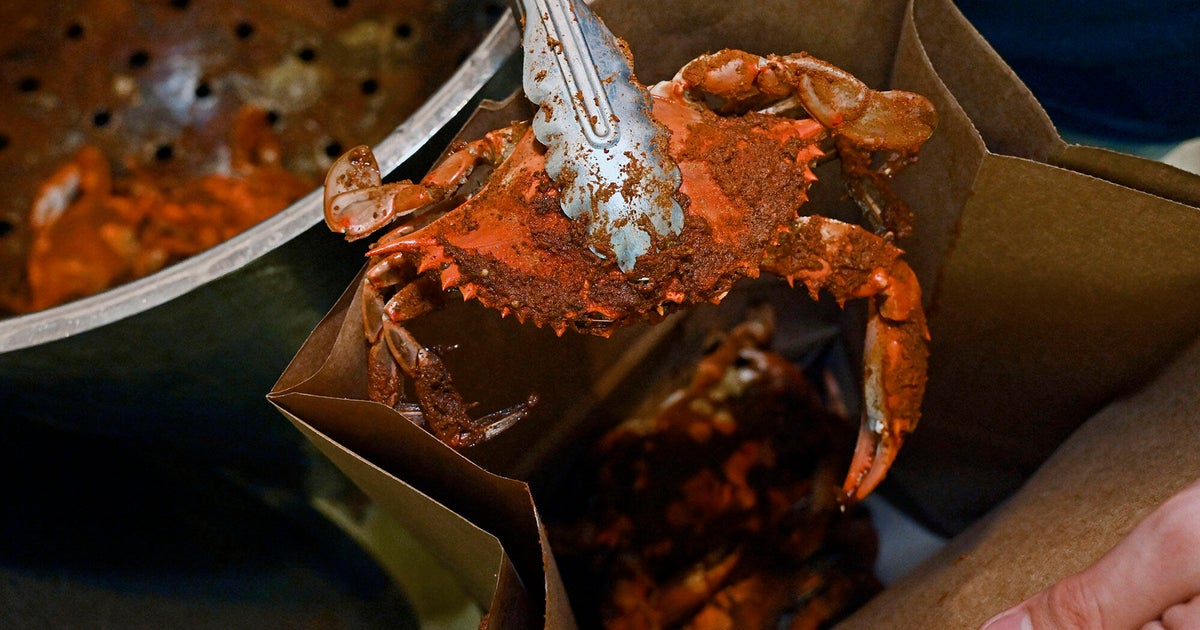Operations at Baltimore coal terminal caused air pollution in Curtis Bay community, study says
Bulldozer operations at a coal facility at the Port of Baltimore are directly connected to increased air pollution in the nearby Curtis Bay neighborhood, according to a Johns Hopkins University Bloomberg School of Public Health study.
According to the study, levels of air pollutants, including particulate matter and black carbon, were highest when there was both bulldozer activity and wind blowing from the coal terminal.
Researchers monitored air quality for a full year, from July 2022 to July 2023, using 10 monitoring sites around Curtis Bay and a camera that tracked bulldozer activity at CSX Corporation's Curtis Bay Piers terminal.
"Curtis Bay residents have reported for years that they observe black dust that accumulates at their homes and in the community, and they attribute this to coal dust," Christopher D. Heaney, associate professor in the Department of Environmental Health and Engineering at the Bloomberg School, said.
The coal terminal was originally built in 1882 and serves as a storage facility for coal brought by rail, mainly from coal mines in Pennsylvania and West Virginia. The coal is transported to India and several Northern European countries.
The terminal contributes roughly one-third of U.S. annual coal exports, according to the study.
Longtime complaints of air pollution in Curtis Bay
The Curtis Bay neighborhood sits directly west of the coal terminal, surrounded by heavy industrial activity and diesel truck, train and ship traffic.
Residents have complained about coal dust pollution for years.
In Nov. 2024, Curtis Bay residents urged the Maryland Department of the Environment to reject the operating permit for the CSX terminal when it was up for renewal.
An MDE spokesperson said that, while the department can enforce operational restrictions, it does not have the authority to halt operations.
In September 2024, CSX settled a class action lawsuit for $1.75 million after a coal dust explosion.




